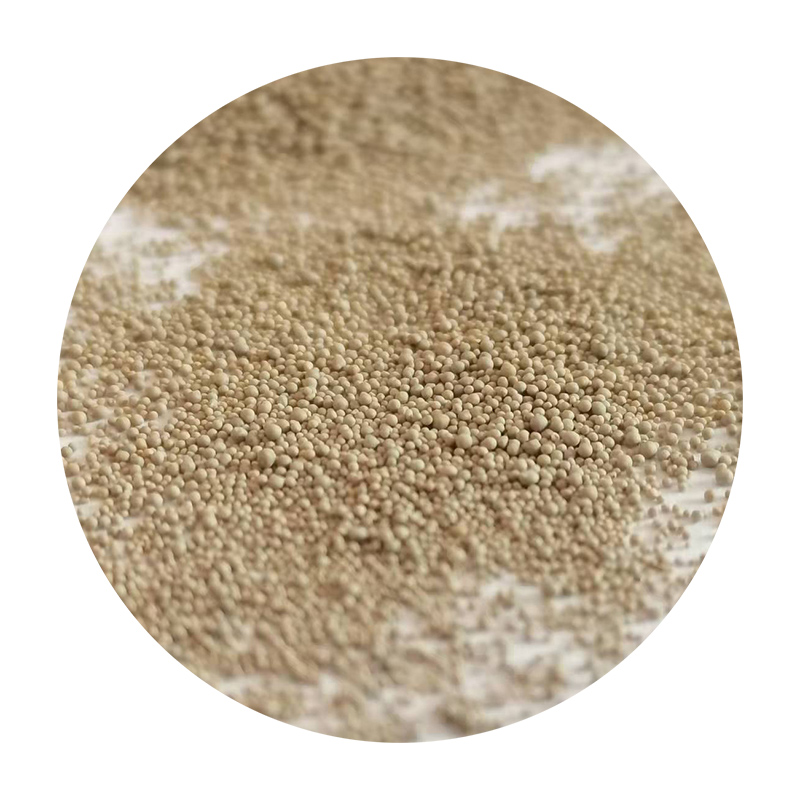Understanding Investment Casting Sand A Crucial Element in Precision Manufacturing
Investment casting, also known as lost-wax casting, is a sophisticated manufacturing process used to produce intricate metal parts. This technique has gained widespread popularity across various industries due to its ability to create high-fidelity components with exceptional surface finishes and tight tolerances. A lesser-known but equally critical component of this process is investment casting sand. Understanding the role of this material can provide insight into the intricate world of precision casting.
What is Investment Casting Sand?
Investment casting sand refers to the specialized sand mixture used during the investment casting process, particularly in the creation of molds. Unlike traditional sand casting, which typically utilizes less refined sand materials, investment casting demands higher-quality sand that can withstand higher temperatures and provide a more precise mold surface. The usual composition of investment casting sand includes silica grains, bonding agents, and additives to enhance properties like thermal stability and strength.
Characteristics of Investment Casting Sand
1. High Thermal Stability Investment casting sand is engineered to withstand the extreme heat generated during the molten metal pouring process. It must maintain its structural integrity while providing an accurate mold for the molten material.
2. Fine Grain Size The sand used in investment casting is typically much finer than that used in other casting methods. The finer grains contribute to a smoother surface finish on the final product by minimizing the impact of surface imperfections in the mold.
3. Reusability Many investment casting sands can be recycled after use. The ability to reclaim sand helps reduce waste and lowers production costs, making the overall process more sustainable.
4. Bonding Agents The inclusion of various bonding agents helps to stabilize the sand particles, ensuring that the mold holds its shape under the physical stresses encountered during the casting operation.
investment casting sand

The Role of Investment Casting Sand in the Process
The investment casting process begins with creating a wax pattern of the desired component. This pattern is then coated with a fine layer of investment casting sand mixed with a bonding agent. The coated pattern is heated, causing the wax to melt and drain away, thus creating a hollow mold. The resultant mold is then subjected to further layers of sand before being heated again for hardening. When molten metal is poured, the quality of the investment casting sand directly impacts the mold’s ability to form intricate details and provide a clean surface finish.
Benefits of Using Investment Casting Sand
1. Precision Manufacturing The meticulous nature of investment casting sand allows for the creation of complex geometries that would be impossible to achieve with other casting methods. This feature is particularly beneficial in industries such as aerospace, automotive, and medical device manufacturing, where precision is paramount.
2. Cost-Effectiveness Despite the higher initial expense for superior quality investment casting sand, the ability to reuse sand and the reduction in post-production finishing processes often lead to overall cost savings in large-scale production runs.
3. Improved Surface Finishes The fine grain size of the sand plays a pivotal role in determining the surface quality of cast components. A smoother mold results in reduced finishing requirements, saving both time and resources.
4. Customization Manufacturers can adjust the composition of the sand according to specific project requirements. This customization enables the production of parts that meet unique thermal and mechanical property requirements.
Conclusion
Investment casting sand is an essential element in the investment casting process that significantly contributes to the quality and precision of the final product. By understanding its characteristics and benefits, manufacturers can optimize their casting processes to achieve better results. As industries continue to innovate and demand higher precision components, the role of fine engineering and specialized materials like investment casting sand will remain crucial in modern manufacturing. Embracing advancements in casting technologies, including sand formulations, is key to pushing the boundaries of what is possible in the realm of precision engineering.
Post time:Novemba . 11, 2024 17:03
Next:bauxite frac sand
